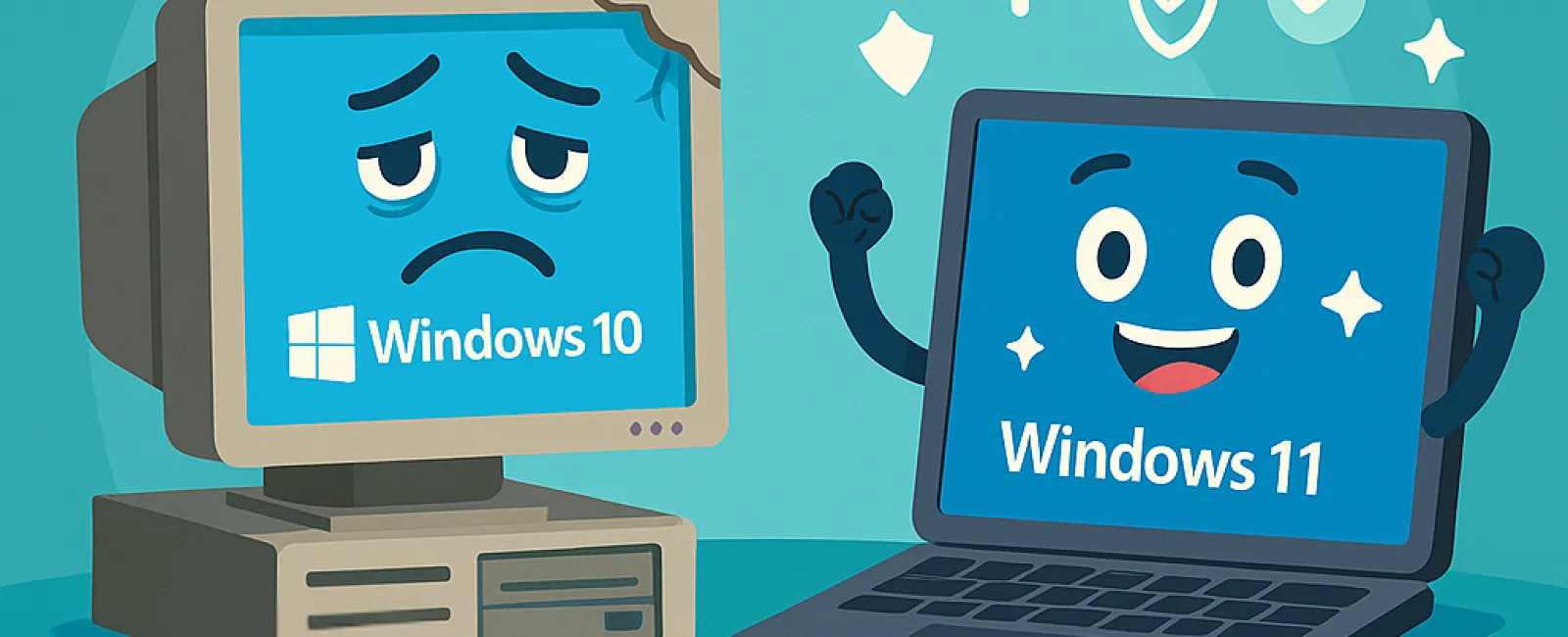September 22, 2025
While it might seem smart to prolong the life of your current technology to save money, the hidden costs of outdated tech far outweigh the initial savings. Holding on to aging hardware and obsolete software can seriously drain your business resources by reducing productivity, increasing expenses, and exposing you to security risks.
Understanding the True Expense of Outdated Technology
Outdated technology impacts your business in several critical ways. Sluggish systems slow down your team's workflow, directly decreasing overall productivity. Moreover, aging equipment is prone to unexpected failures that cause costly downtime and disrupt your project timelines.
Security risks are another major concern. Unsupported software and hardware no longer receive vital security patches, leaving your business vulnerable to cyberattacks. Hackers exploit these security gaps to access sensitive data, putting your company at risk of data breaches and compliance violations. Upgrading to the latest technology is essential to maintain robust security and pass compliance audits.
Signs It's Time to Upgrade Your Technology
Watch for these clear indicators that your tech needs replacing:
1. Your systems still run on Windows 10 or older versions.
Windows 10 support ends in October 2025, meaning no more security updates will be provided after that date. Continuing to use it exposes your business to serious cybersecurity threats and compliance issues. Start planning your migration to Windows 11 now to safeguard your operations.
2. You repeatedly contact IT for recurring technical issues.
Persistent crashes, slowdowns, and frequent troubleshooting requests signal failing technology. These disruptions not only frustrate your team but also significantly reduce productivity and increase support costs.
3. Your current software doesn't work with modern tools.
Legacy software that can't integrate with cloud services or mobile apps limits your ability to adopt new technologies, hindering client service and business growth.
4. Your devices slow down your workforce.
Computers that take too long to start up or freeze during critical tasks like video calls disrupt workflows and waste valuable time. Devices older than three to five years should be evaluated for performance and energy efficiency to prevent productivity losses.
5. Your security tools are outdated.
If your firewall or antivirus software hasn't been updated recently, your business is vulnerable to evolving cyber threats. Outdated defenses are common entry points for ransomware and other attacks.
Worried about the cost of upgrading? While it may seem expensive upfront, sticking with slow, unreliable technology often leads to higher expenses through lost productivity, security breaches, and constant repairs. Fortunately, there are cost-effective upgrade strategies that keep your business running efficiently without breaking the bank.
Partner with Experts for a Smooth Technology Transition
If you want expert guidance to smoothly transition to new technology and stay ahead of obsolescence, contact our team to arrange a FREE 15-Minute Discovery Call. This brief consultation will help you identify the best next steps to ensure your business remains secure, efficient, and budget-friendly. Call us at 866-523-2985 or click here to schedule your appointment.





